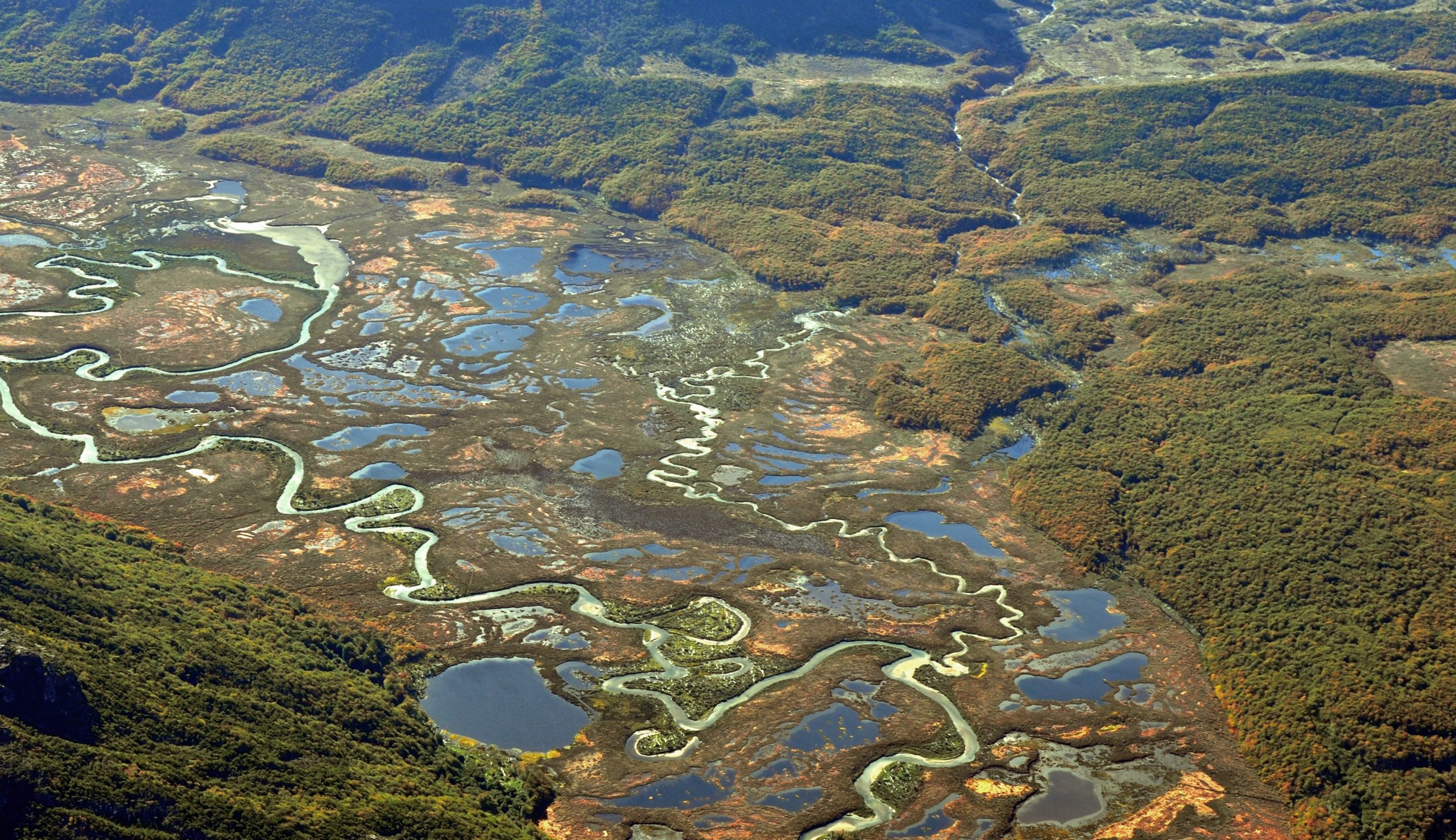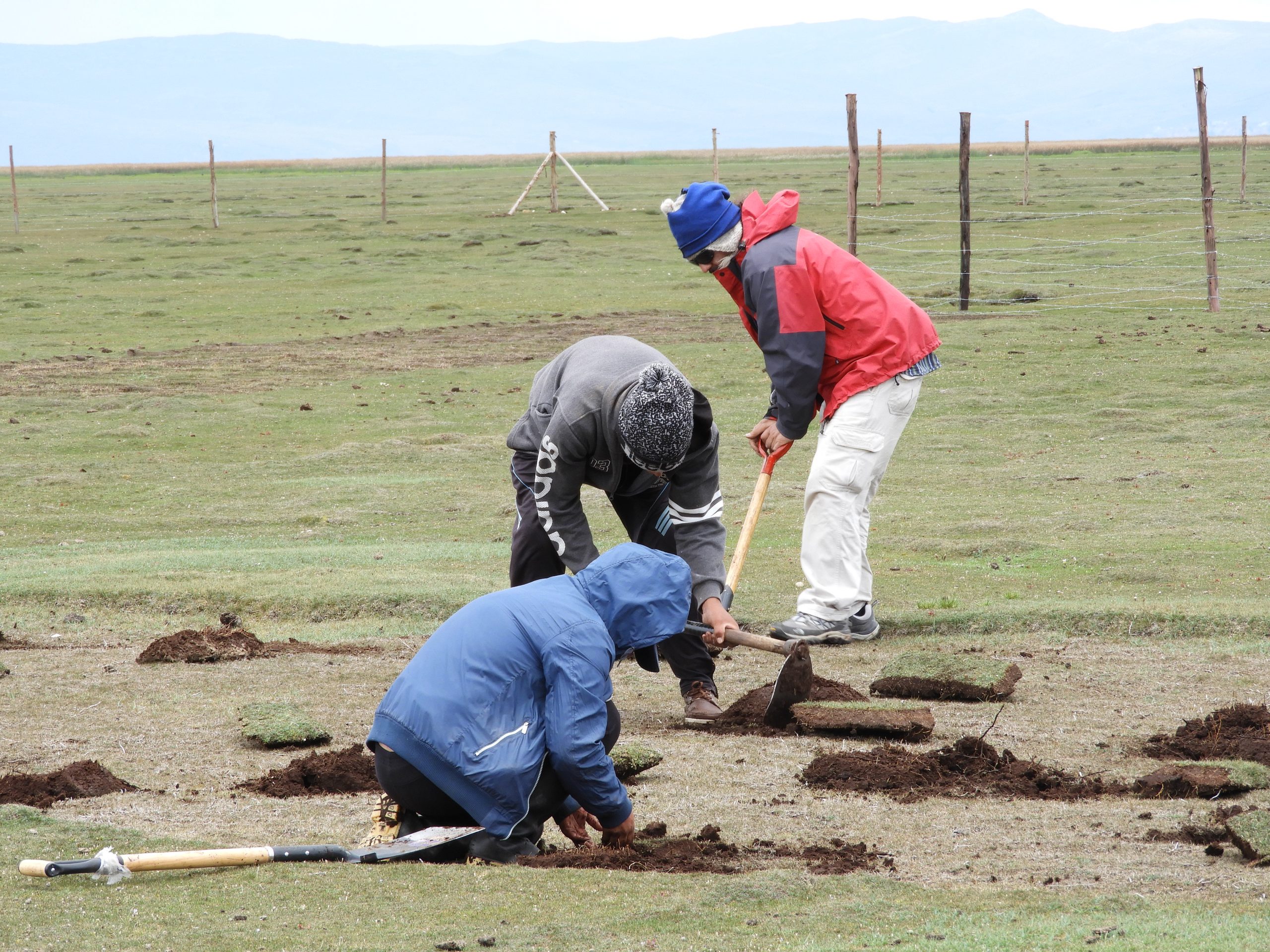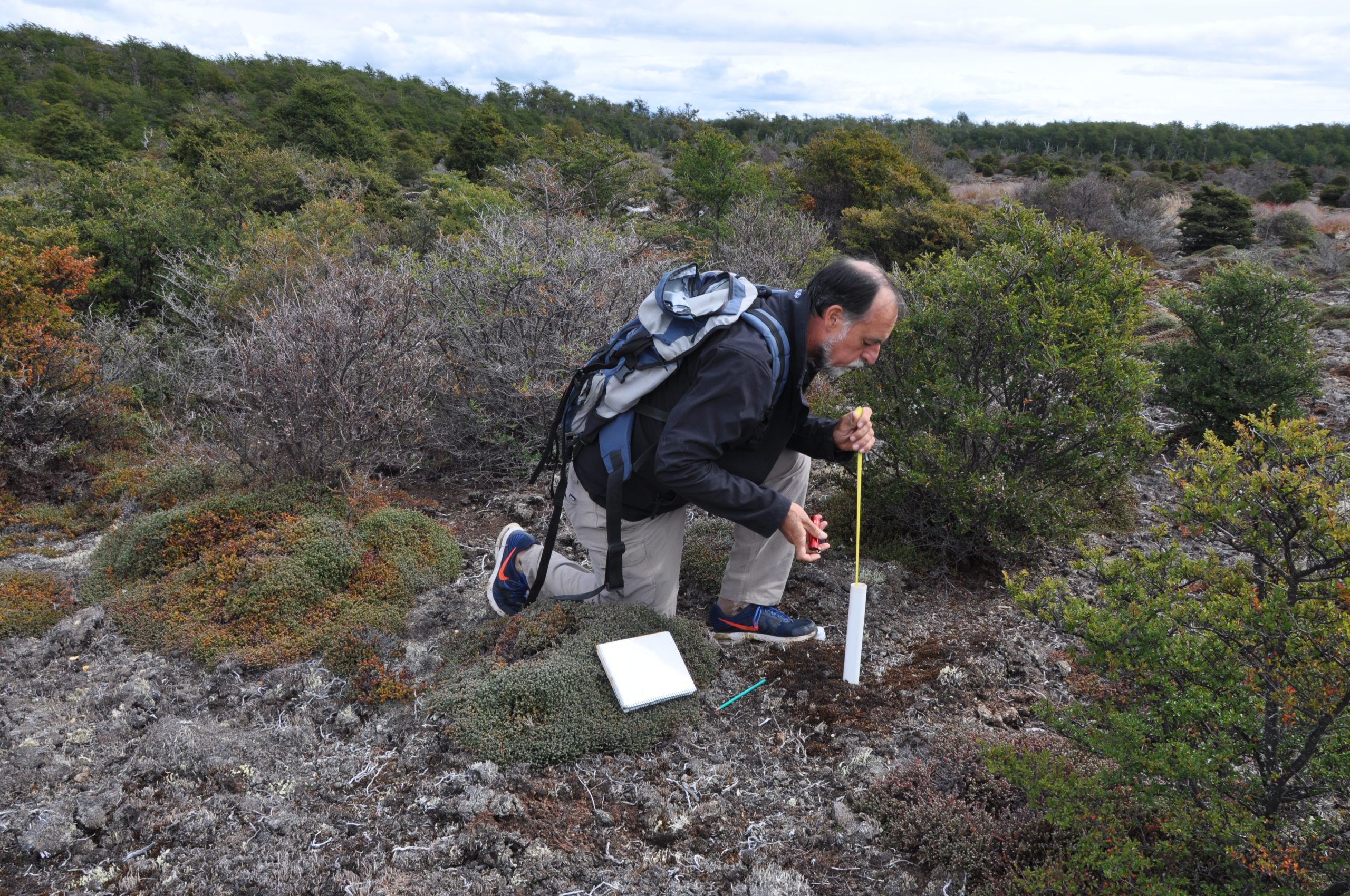SAVING HIGH ANDEAN PEATLANDS FOR PEOPLE AND NATURE
The ‘bofedales’ of the High Andes are zones of vegetated wetlands with layers of underlying peat. They exist above 3,800 meters above sea level and in Peru cover a total of 549,360 hectares. As high-altitude sponges, they retain and purify glacial waters in the upper section of the basins, thus protecting and supporting downstream populations. Additionally, they are natural traps for sediment retention, improve water quality thanks to their filtering capacity.
Lake Junin is an oasis of crystal blue water in the High Andes of Peru, encircled by these peatlands. It supports beautiful and rare endemic and endangered biodiversity such as the Junin Grebe, Junin Rail and the Lake Junin Frog, once believed to be extinct.
These peatbogs are also valuable for their CO2 capture and storage sinks, and for local economies, including pastures for llamas and alpacas, peat for fuel and food, and represent an invaluable cultural heritage. However, the centuries-old livelihood systems of the Aymara indigenous community are increasingly threatened due to over-grazing resulting from a switch from llamas and alpacas to sheep, over-exploitation of peat for fuel, and mining pollution of the lake. The deterioration of these ecosystems contributes to the vulnerability of the population of the basin in the face of natural hazards, limits their ability to adapt to climate change and affects their productive activities.
We began working in the bofedales in 2017 with the introduction of pilot projects to improve grazing management practices (1030 ha), a wetland restoration plan (130 ha) implemented by local communities (250 families) . Engagement with mining interests on pollution remediation is ongoing. The long-term vision is to upscale the approach enhancing natural, social and financial capital to stakeholders of the lake landscape.
If we can redirect the trajectory of Lake Junin towards a healthier future, then we believe we can also provide a blueprint that can be applied to many other peatland landscapes in the High Andes to replicate, creating more sustainable economies, while harnessing the adaptation and mitigation benefits of peatlands.




